A greater number of individuals are searching for advice regarding how to boost the production in their personal veggie patches as the need for wholesome, readily available vegetables rises. These following practical pointers might serve as a list of requirements for organizing, preparing, growing, caring for, and gathering.
Give The Substrate Some Nourishment:
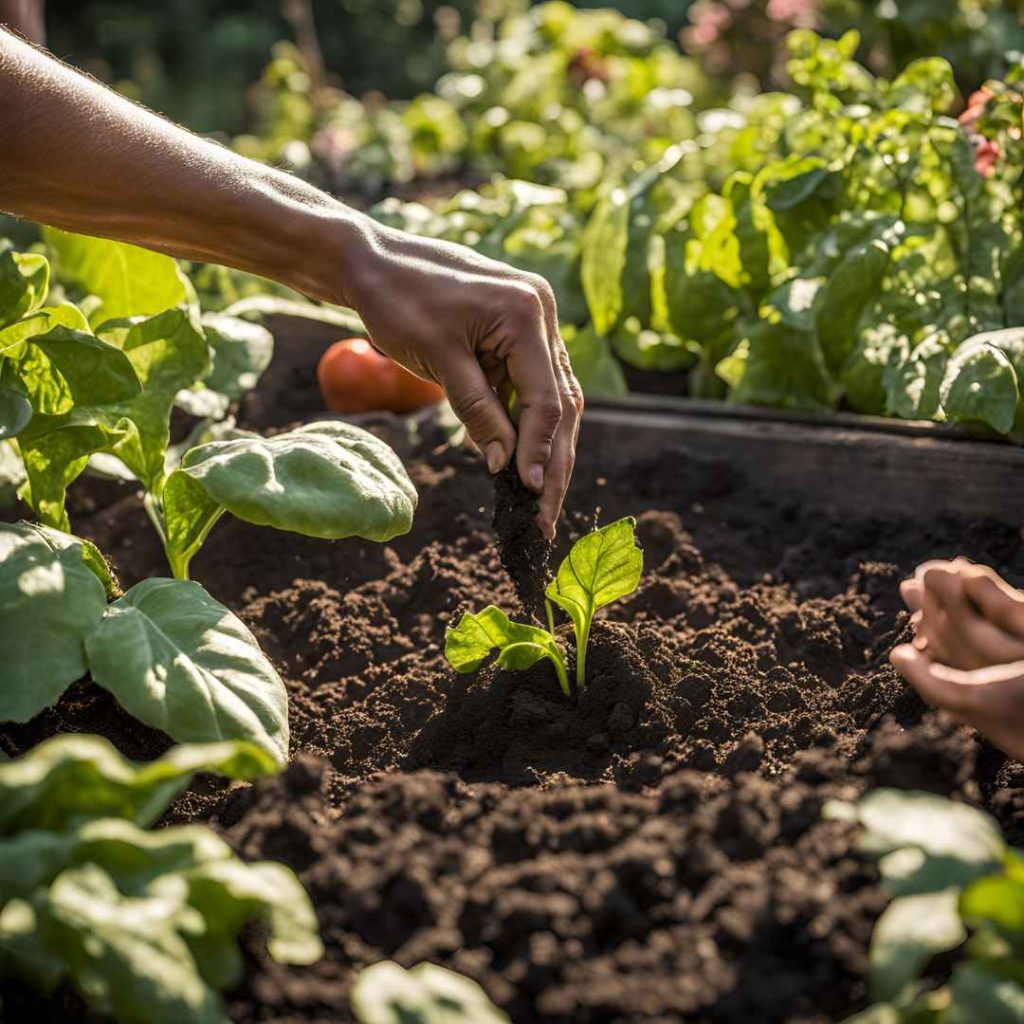
In your meal landscaping; in addition to anywhere else, is the importance of nourishing the earth beneath you. Your current efforts to add organic matter, sludge, and excrement loaded with vitamins and minerals will eventually pay off handsomely in the form of nutrient-dense, tasty fruits and vegetables later on.
Before sowing in the autumn, combine Organic matter with fertilizer, and add additional ingredients as the vegetable patch grows.
Develop Cultivars That Are Good For Your Location:
Some fruits and veggies are more adapted to specific climates than others. However, you should select earlier ripening kinds that develop rapidly if you landscape in the far north, where the planting period is quite brief, to ensure that there is sufficient period for gathering prior the arrival of the winter months.
Choose Cultivars That Have Increased Susceptibility To Illness And Have Excellent Harvest Potential:
Choose carefully what fruits and veggies you eat. When designing your outdoor space, look for types that are more productive and have noticeable tolerance to illness.
Unlike regular fragrant basil, which frequently passes away to the illness by summertime, Amaze basil has an outstanding defense to downy mildewing, so you’ll have plenty of basil for the entire growing period. Veggies with exceptional harvests and distinguished cultivars can be found at Options.
Arrange For A Variety Of Seasonal And Perpetual Veggies And Fruits To Be Planted:
Although it’s exciting to experiment with different seasonal veggie varieties each year, such as jalapenos and lettuce, you can increase your harvest by adding some perpetual veggies to your outdoor space, such as arugula strawberries, rosemary, blueberries and raspberries and hakas.
You’ll be picking delicious arugula stalks in springtime of the subsequent year, even before it becomes sufficiently hot for growing garden tomatoes outdoors. Annually, nutritious perennial crops will produce a larger abundance.
Commence Early:
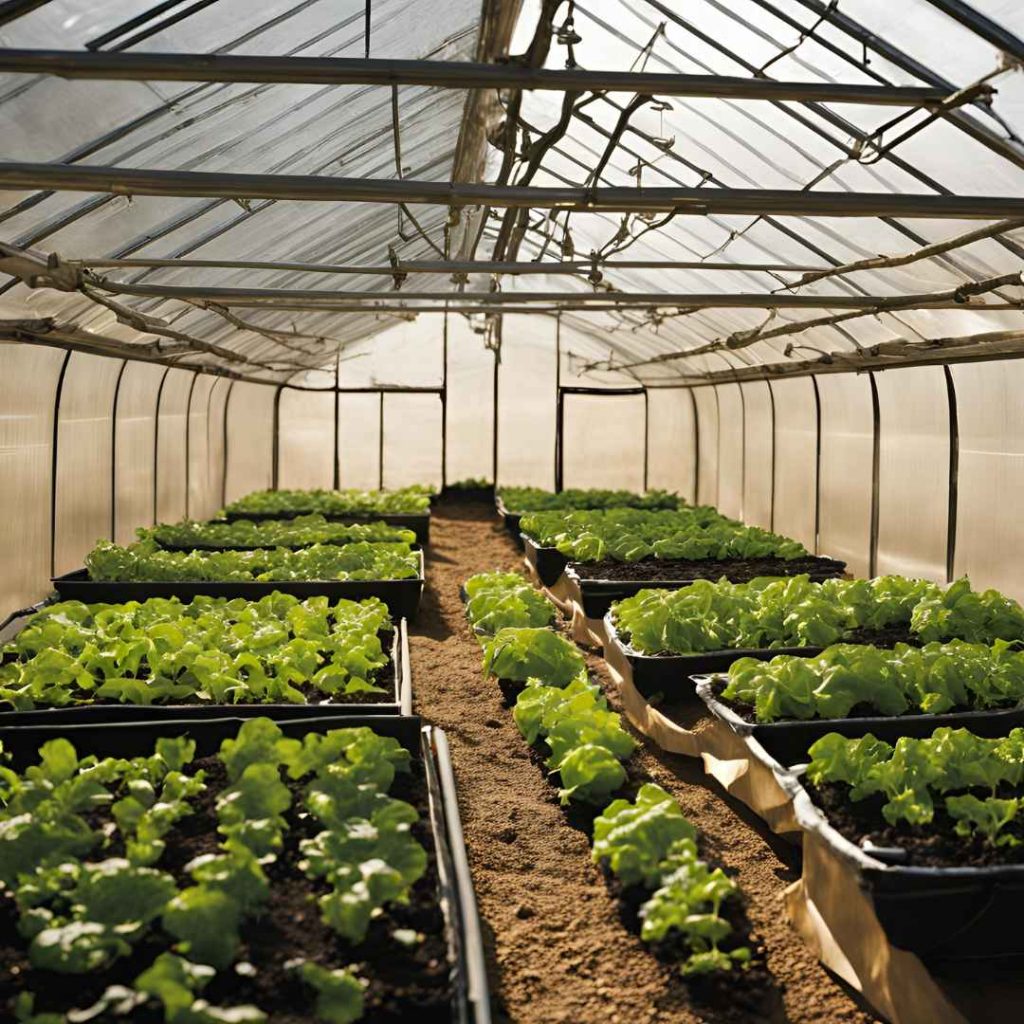
Begin growing vegetables promptly by spreading seeds confined under greenhouse lighting so your plants will be equipped to get started outdoors as quickly as warming temps show up, particularly since your growth period is minimal.
Harvesting crops that require cooler temperatures at the beginning of the growing period by using chilly frameworks, high passageways, or a tiny conservatory. Later in the growing period, utilize textile row covers to extend the period of picking.
Turn Your Fields Over Annually:
Once you’ve selected what to cultivate and sowed with the seedlings, mark the locations of each variety’s plantings. Be careful not to establish the identical thing twice in consecutively in the identical place. Plant rotation helps prevent illness and pest issues and slows down the rate at which vitamins are lost from the ground.
Vegetables Can Be Grown Both In Soil And Receptacles:
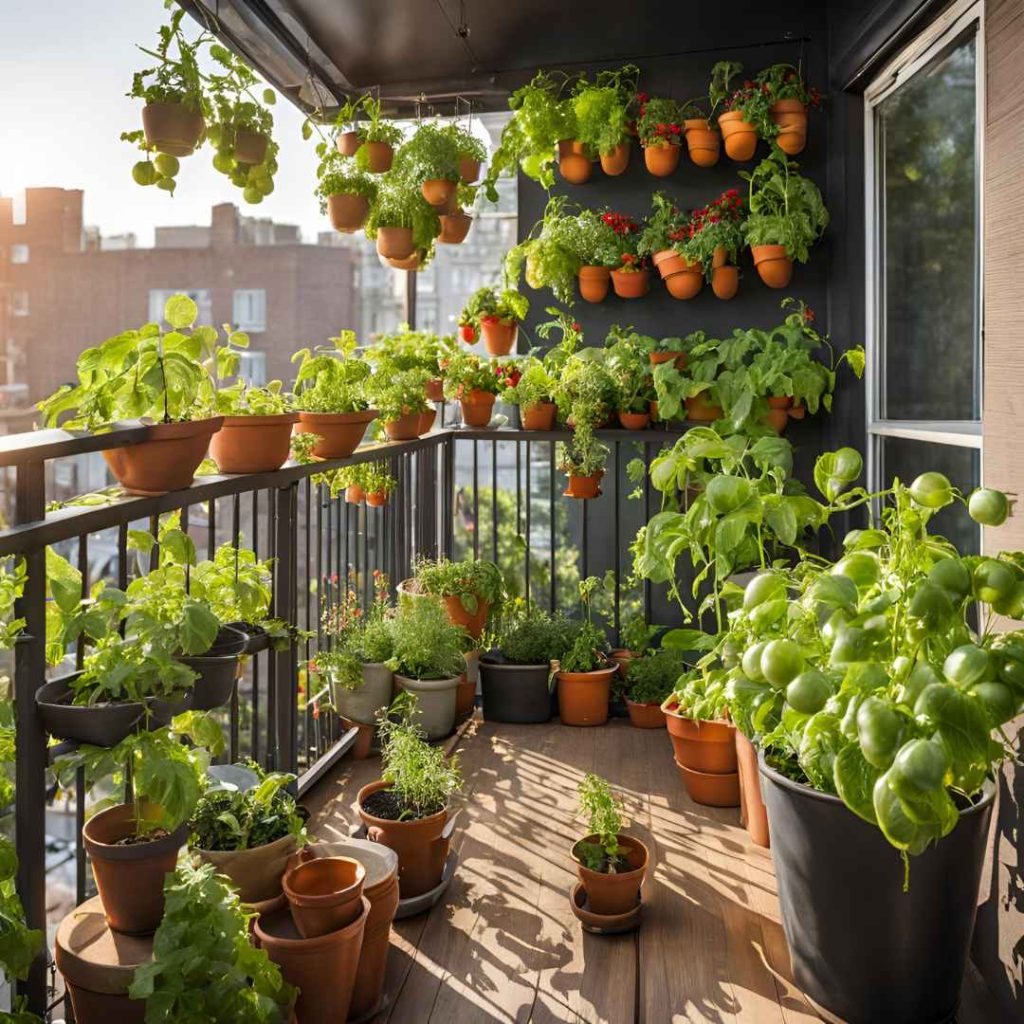
A sizable piece of land that is required to produce a respectable quantity of food may come to mind when you consider starting growing veggies. However, a lot of fruits and veggies available today may be grown in receptacles on your rooftop or porch.
Good Compassionate tomatoes are ideal for producing in dangling containers or in planters on the balcony because of their pendulous appearance and low height of only one inch. Sheds are an excellent way to produce herbs. Keep your in-ground gardening area free for pumpkins and zucchini, which are greater yields.
Plant Chunks As Opposed To Sections:
Growing fruits and vegetables in sections as opposed to columns can increase production by up to four times. Plants that are blocked can be spaced closer together and require fewer pathways for strolling, which frees up more area for food production. Making better use of the area in your backyard will boost your produce generally.
Expand Vertically:
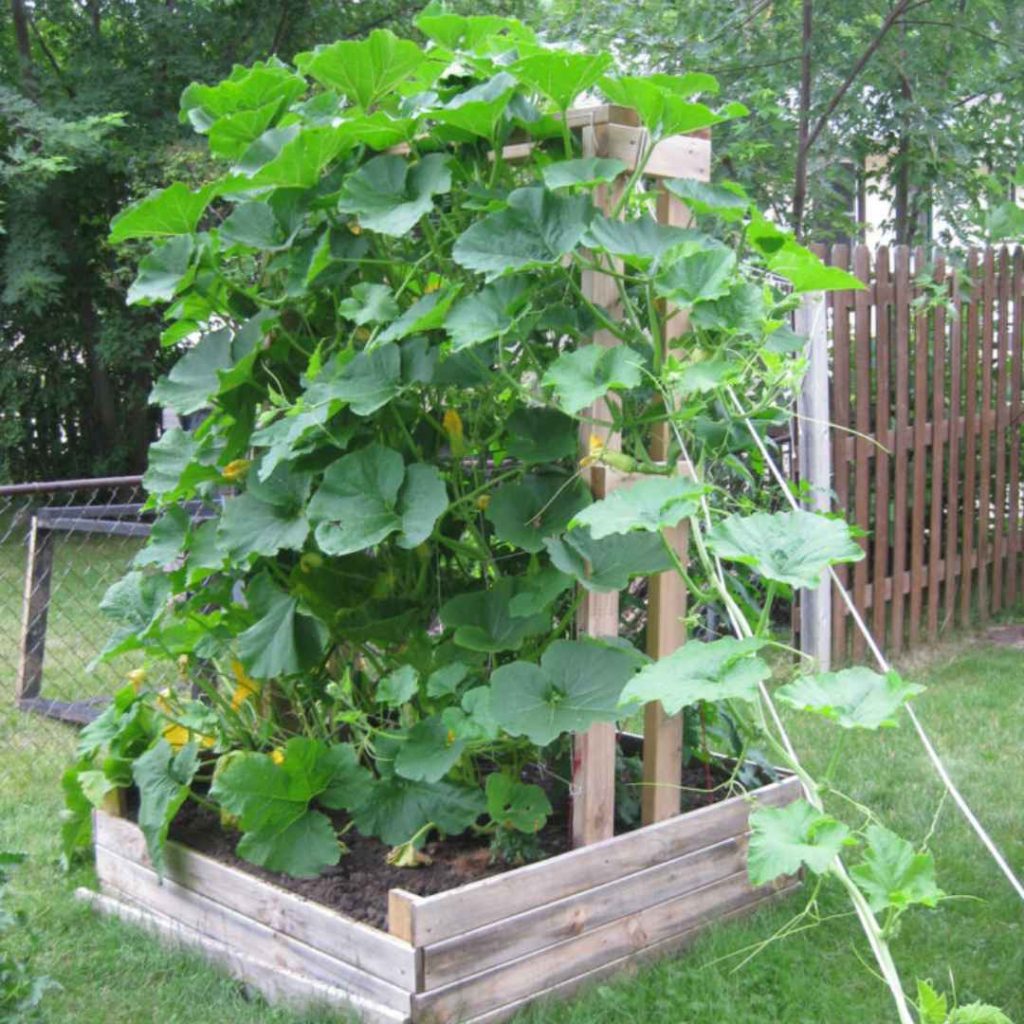
Spreading plants like legumes, cantaloupe, zucchini, and cucumbers can be staked up or trellised to create more room on the surface for other agricultural products. To make the most of every square centimeter of your gardening distance, sow partially shade-resistant greenery like cabbage and arugula beneath the protective covering of these dangling plants.
Benefit From Growing In A Sequence:
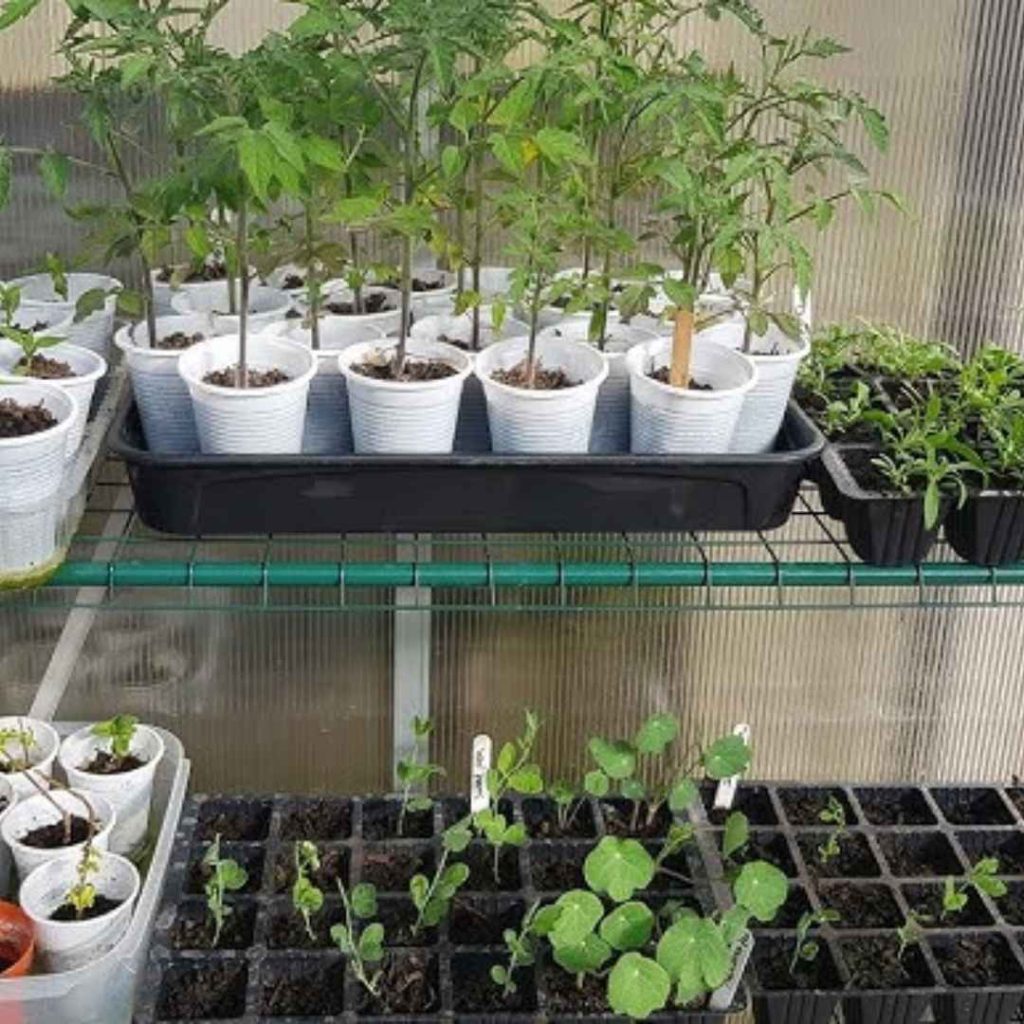
In an exchange way, you may establish your vegetable patch by starting new seedlings on a regular basis, however this would require some forethought. After gathering, switch to summer-season commodities like legumes, squash, and melon ahead of the winter-season agricultural products, which take some time to establish themselves, such as green veggies, beetroot, and turnips.
Plant fresh produce of winter-season veggies in the autumn time so they can be prepared for harvest just before the gardening season ends. Cultivating in this sequential fashion will increase your backyard’s total production.
Make Use Of Conjunction Planting Strategies:
For millennia, those who are growing their personal nourishment have found success with the traditional technique of pairing seeds together. It is a well-known and logical practice to sow maize, beans, and zucchini using the Three Sisters technique.
Although the huge foliage of the zucchini crops keep the ground fresh and damp and hide out invasive plants, the maize helps the legumes flourish. Being lentils, chickpeas automatically absorb nitrogen in the substrate, promoting the large, robust growth of maize and zucchini.
Add A Few Crops That Can Be Chopped And Reaped:
Several crops that can be picked more than once a time of year, such as leaf spinach, swiss chard, lettuce, herbal products, and bush lentils, should be planted. If you just intend to cultivate the area one time throughout the period of development, this is really helpful.
Be Mindful Of Your Placing:
An essential factor to consider is the manner many inches apart to put your seedlings or infant crops. If you place them excessively closely together, their dimensions and eventual yield will be restricted.
If you land them out too much, you’ll lose important landscape areas. Make sure you pay close attention to the spreading guidelines provided on the vegetation label or grain packaging. Keeping an impermeable yardstick in your backyard shedding is a useful item.
Provide Irrigation To The Landscape With Rainfall:
Irrigating your fields with rainfall may improve their growth, while this portion of the process is optional. Rainfall is smoother and has additional vitamins and minerals that veggies and fruits will love than municipal water, which might contain pollutants. Purchase in a container for rainwater if you can, then utilize the gathered water to irrigate your landscape.
Give Your Vegetation Regular Watering:
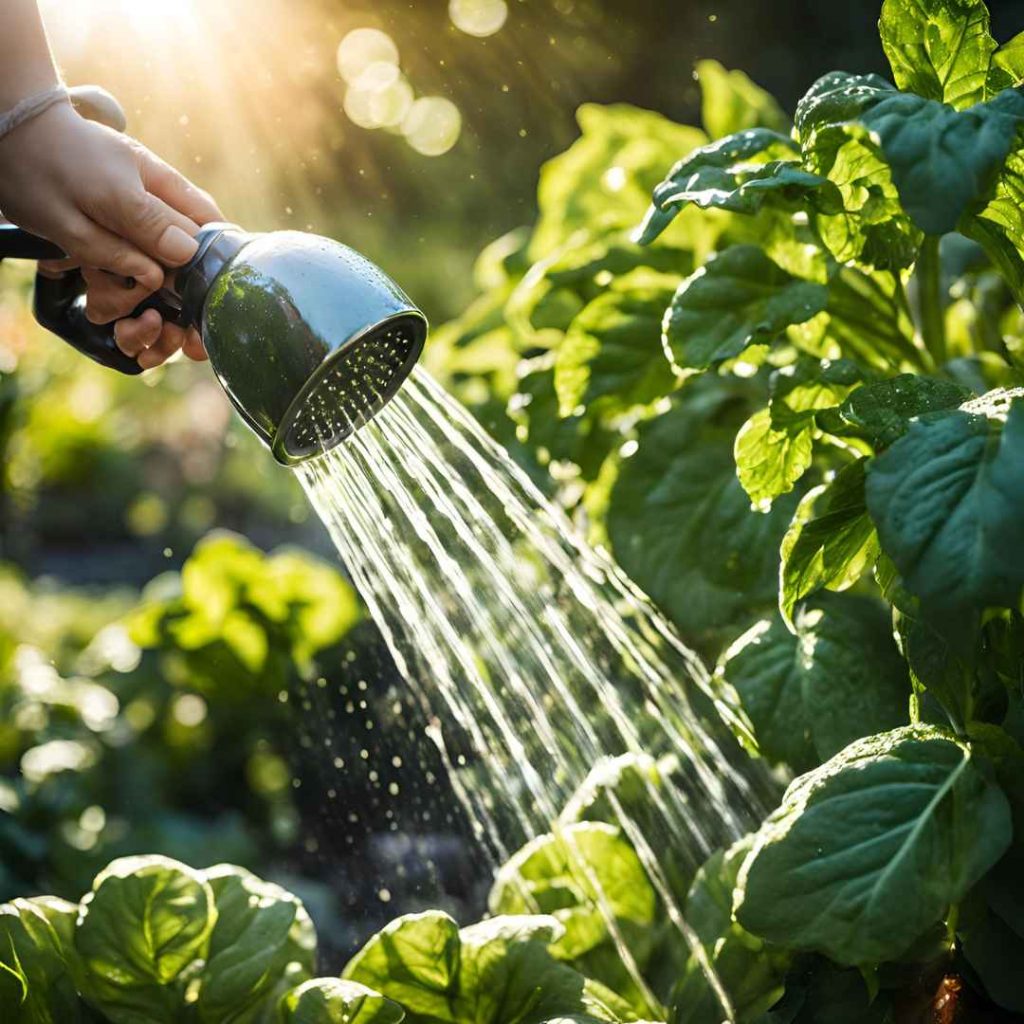
Even though your backyard has bushes and florals that can withstand dryness, you should always provide adequate watering for the veggies you grow. For plants that are nutritious to continuously yield high-quality fruit, they require a plentiful and steady availability of fluids.
It’s possible that uneven watering is the cause of your tomatoes’ annual cracking. If at all feasible, connect soaking tubes with timers or autonomous sprinkler systems. Make an ongoing schedule on your cellphone informing you to irrigate by manually if necessary. This is a significant milestone that you should not skip!
Take Out The Invasive Plants:
Yes, it is an essential component of cultivating an outdoor space. You must remove invasive plants if you cultivate any form of landscape. If you fail to graduate this easy assignment, they will be competing with your crops that are nutritious for supplies, and your harvests will decline.
Making it an indicator to go outdoors into the landscaping and remove invasive plants on a weekly basis, focusing on those which are in blossom or regarding to go to sprouts. If you carry a pruning instrument in a mailbox that is securely fastened to your landscaping boundary, you’ll lacking a justification for not finishing the task at hand.
